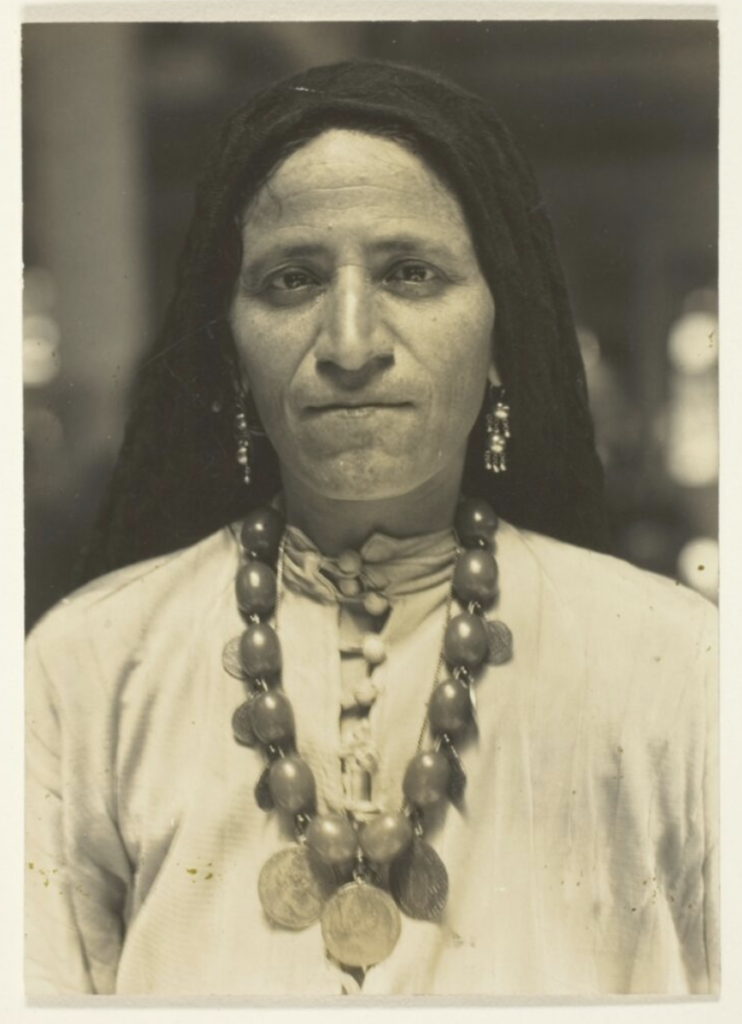2024 National Immigrant Heritage Month


By Liam Nagle / Arab America Contributing Writer
Every year since 2014, June has been celebrated as, among other things, National Immigrant Heritage Month! In a landscape that has increasingly become hostile towards immigrants and immigration, it is important to recognize and honor immigrants and their accomplishments in the United States. The President has once again released a proclamation. It is important to recognize that many of us are descendants from immigrants themselves, many of which have had to endure hardships and discrimination – and modern times are no exception. On this month, and during a time where Arab hate is on the rise, it is important to reflect on the history of Arab immigration into the US.
There are approximately 3.5 million Arab Americans in the United States, with the highest percentage living in Dearborn, Michigan. The majority of Arab Americans – around 62% – originate from the Levant area. This area includes Lebanon, Syria, Palestine, and Jordan, although the majority of this percentage comes overwhelmingly from Lebanon. Most Arab Americans are actually of Christian descent, making up around 63% of the Arab American population. Muslims make up 24% of Arab Americans, and 13% have either a different religious affiliation or do not have one. In spite of this, the majority of Arab immigrants to the United States nowadays are Muslim – so where did this all begin?
The first period of immigration from the Arab world to the United States came in the late 1800s and early 1900s. Around 95,000 immigrants from the Levant region, within what-was-then the Ottoman Empire, came to the United States due to various financial issues that led to poverty and famine. Additionally, the Ottoman decision to conscript Christians and Muslims led both groups to emigrate to the U.S. Interestingly, most Arab immigrants to the United States during this period settled in the Midwest, but others worked as traveling salesmen – thereby resulting in the creation of small Arab communities in just about every U.S. state. However, the Johnson-Reed Act of 1924 – which was enacted one hundred years ago on May 26th – significantly slowed immigration from the Arab world. Exceptions were gradually made over the next thirty years, but most immigrants to the United States during this period were from Europe.
Another period of Arab immigration was in the 1960s with the abolition of the Johnson-Reed Act. Starting in 1966, around 400,000 Arab immigrants came to the United States – most being educated professionals or students who remained mostly in the urban centers of the country. However, a significant number were refugees as well, with the 15-year-long Lebanese Civil War being one of the most major reasons. Arab immigration to the United States remained relatively unrestricted for around forty years. However, after the 9/11 Attacks, the United States took an increasingly hardline posture towards Arab immigrants, who were required to various documents annually. This, in addition to the rise in Arab hate, led to Arabs being less inclined to move to the United States.
In modern times, the status of Arab immigration to the United States has been mixed. Under President Donald Trump, immigration from the Arab world had been suddenly stopped as a result of his executive order. This executive order, Executive Order 13769, restricted travel and immigration in 2017, and refugee status for people coming from various Arab countries – particularly Iraq, Libya, Syria, and Yemen (as well as three other notable countries – Iran, Somalia, and Sudan). This ban was revoked following current president Joe Biden’s assumption into office in 2021, allowing for Arab immigration to the United States to resume.
Arab immigration to the United States has been a history of ups and downs. Starting over a century ago, Arab immigration continued unhindered until 1924 when restrictions were enacted by Congress. Then, these restrictions were removed in 1966 up until the 9/11 Attacks, which saw increased scrutiny of Arabs throughout the country. Another series of restrictions against Arab immigrants were enacted in 2017, but then were revoked in 2021. The start of the Israel-Gaza War resulted once again in a rise in Arab hate; and with Trump once again seeking reelection this year, it remains possible that further restrictions against not just Arab immigrants, but also immigration in general, may be enacted.








